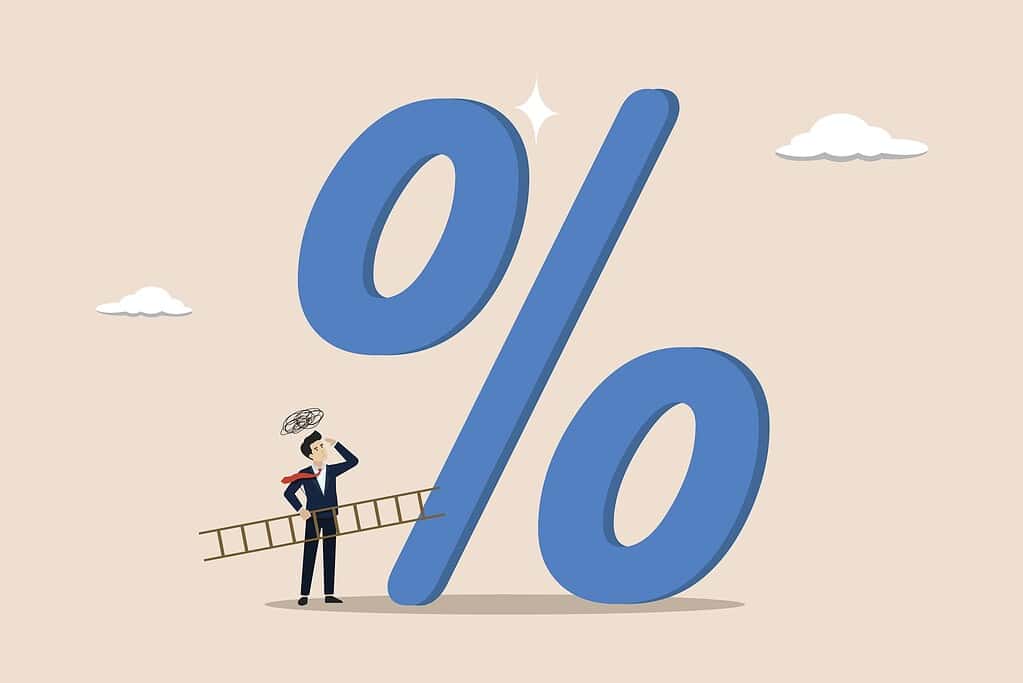Central banks are preparing for inflation risks in 2026, but lack consensus on how to address them.
The one word that best expresses the state of the global economy on every continent is uncertainty. Business leaders feel this acutely, but nowhere is it more urgent than in the deliberations of central bankers. Monetary authorities operate in an environment where the path of growth, trade and inflation has become increasingly difficult to predict, forcing them to rely on caution. With varying approaches and contradictory tendencies, central banks around the world have been conducting their policies under this cloud of uncertainty, often struggling to anticipate the consequences of sudden shifts in the global economic system. It is in this environment that Global Finance conducted its 31st annual ranking of central bank governors, covering 105 countries.
Global Finance Methodology The editors, with input from financial industry sources, grade the world’s leading central bankers from A to F, with A+ being the highest grade and F the lowest, based on objective and subjective measures. These judgments are based on performance from July 1, 2024, to June 30, 2025. A governor must have held office for at least one year to receive a letter grade. Central bank governors in countries experiencing deep conflicts are not included due to incomplete information. The algorithm supports consistency of estimation across geographic regions. The ownership formula influences monetary policy, oversight of the financial system, asset purchase and bond sale programs, forecasting and guidance, transparency, political independence, and success in meeting the national mandate (which varies from country to country).
Most of the unrest dates back to January, when Donald Trump was sworn in as President of the United States. His campaign rhetoric quickly gave way to the executive actions, expanded tariffs, surprise reversals, and persistent policy stalls that dominated international economic debates. While countries with limited trade exposure to the United States may feel fewer immediate shocks, they are all affected by ripple effects. Global supply chains, commodity markets, and cross-border investment flows remain unstable, further complicating the work of central banks everywhere.
Of course, monetary policy depends on reasonably clear expectations of growth and prices. However, tariffs inject volatility on both fronts: they can dampen trade and investment, undermine business confidence, and simultaneously stoke inflationary pressures by raising import costs. This dual risk – slowing activity combined with rising prices – leaves central banks in a precarious position, unsure whether to tighten policy in defense of price stability or ease to support growth. Thus, even countries far from the direct line of the tariff fires eventually face the consequences, as developments in the world’s two largest economies – the United States and China – reverberate across the global system and challenge the traditional levers of monetary policy.
This difference has already become clear. In September, the US Federal Reserve resumed its easing cycle with its first interest rate cut since December 2024, distinguishing itself from most other major central banks that are still on hold. The Fed signaled further cuts in October and December, citing labor market weakness as the main driver. Markets are now pricing in an additional 50 basis points of easing by the end of the year. The Bank of Canada followed by cutting interest rates to 2.5%, its lowest level in three years, also reflecting a weak labor market. Markets expect a 40% chance of another cut next month.
In contrast, the Bank of England and the Bank of Japan left interest rates unchanged, while the European Central Bank also maintained stability and signaled that the interest rate cutting cycle may be coming to an end. However, the risk is that central bankers may face renewed inflationary pressures in 2026.
“This is the take-off, and the (US Federal Reserve) is now fully engaged in supporting the labor market, pointing to a decisively strong tapering cycle in 2025. The message is clear: growth and employment are the priority, even if it means tolerating higher inflation in the near term.” “Right now, the Fed is effectively announcing that it will cross the bridge to high inflation if it emerges in 2026,” said Olu Sunola, head of US economic research at Fitch Ratings. “What is striking is the lack of consensus on 2026. The absence of a unified vision on policy suggests that the Fed may once again find itself in a wait-and-see mode early next year, as “Navigate inflation risks as they arise rather than anticipating them.”
Central bankers’ report cards 2025: by region










